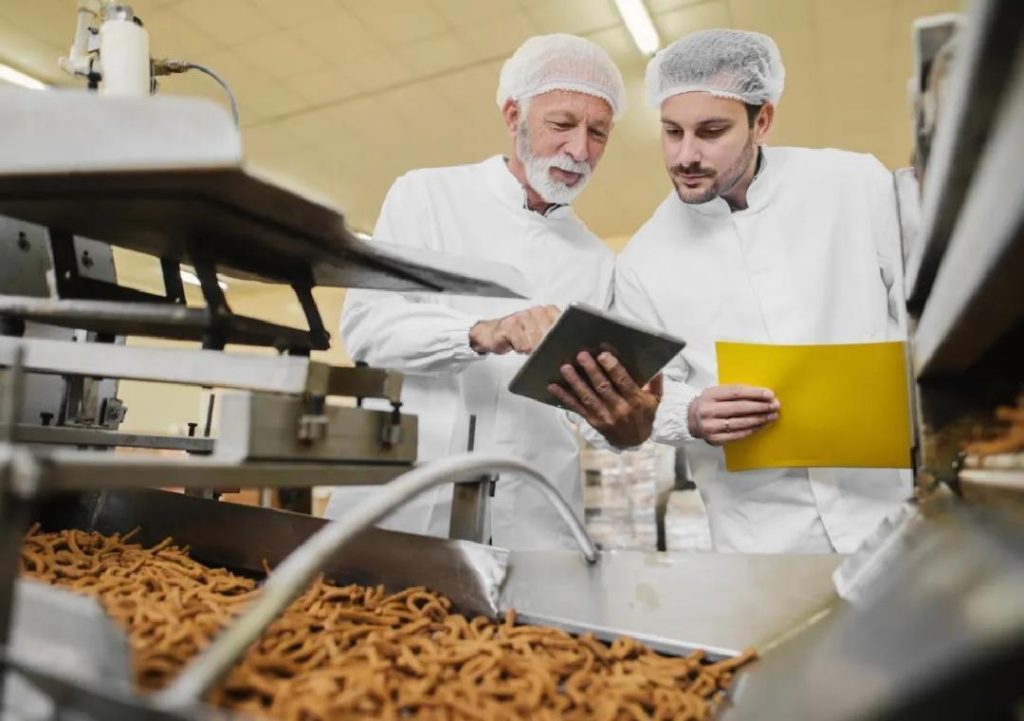
Can P&L Optimisation Redefine Success in Food Technology?
The food technology industry is a rapidly evolving sector, with companies constantly seeking innovative ways to improve profitability, reduce waste, and stay ahead of the competition. One key area that has gained significant attention in recent years is profit and loss (P&L) optimisation. By streamlining P&L operations, food technology companies can make data-driven decisions, cut waste, and boost margins. In this blog post, we’ll explore how P&L optimisation can redefine success in food technology and provide insights on how businesses can implement scalable models for sustainable growth.
The Challenge: Managing Complexity in Food Technology
Food technology companies face unique challenges when it comes to managing their P&L operations. The industry is characterised by complex supply chains, fluctuating demand, and the need to balance production costs with revenue goals. Manual processes and spreadsheets often struggle to keep pace with these complexities, leading to inaccuracies, inefficiencies, and poor decision-making.
The Solution: Automation, Smart Inventory Systems, and Data Analytics
To overcome these challenges, food technology companies are turning to automation, smart inventory systems, and data analytics. These tools enable businesses to streamline their P&L operations, making it possible to:
- Automate tasks: Robotic process automation (RPA) and artificial intelligence (AI) can automate repetitive and time-consuming tasks, freeing up staff to focus on high-value activities.
- Optimize inventory management: Smart inventory systems can track inventory levels, monitor consumption patterns, and predict demand, reducing waste and ensuring that products are always available when needed.
- Analyse data: Data analytics can provide insights into sales trends, production costs, and customer behaviour, enabling businesses to make informed decisions and adjust their strategies accordingly.
The Benefits: Improved Profitability and Sustainable Growth
By adopting P&L optimisation strategies, food technology companies can reap a range of benefits, including:
- Improved profitability: By reducing waste, optimising production, and making data-driven decisions, businesses can boost their margins and increase profitability.
- Sustainable growth: Scalable models enabled by P&L optimisation can support sustainable growth, enabling companies to expand their operations and reach new markets.
- Competitive advantage: Companies that adopt P&L optimisation strategies can gain a competitive edge, as they become more agile, efficient, and responsive to changing market conditions.
Case Studies: Success Stories in Food Technology
Several food technology companies have already achieved significant success by adopting P&L optimisation strategies. Here are a few case studies:
- Company X, a leading food processing company, implemented a smart inventory system to track inventory levels and predict demand. As a result, they reduced inventory costs by 15% and improved product availability by 20%.
- Company Y, a manufacturer of food packaging materials, automated their financial reporting using AI-powered accounting software. This enabled them to reduce manual errors by 90% and improve financial forecasting by 30%.
- Company Z, a food e-commerce platform, used data analytics to optimise their supply chain and improve logistics. As a result, they reduced shipping costs by 12% and improved customer satisfaction by 25%.
Best Practices for Implementing P&L Optimisation in Food Technology
While P&L optimisation can bring significant benefits to food technology companies, implementing these strategies requires careful planning and execution. Here are some best practices to keep in mind:
- Start small: Begin with a pilot project or a specific area of your business to test the effectiveness of P&L optimisation.
- Involve stakeholders: Engage with stakeholders across your organisation to ensure that everyone is aligned with the goals and objectives of P&L optimisation.
- Use data-driven insights: Make data-driven decisions based on insights provided by automation, smart inventory systems, and data analytics.
- Monitor and adjust: Continuously monitor the performance of your P&L optimisation strategies and make adjustments as needed.
Conclusion
P&L optimisation is no longer a nice-to-have for food technology companies; it’s a must-have for success. By streamlining P&L operations, businesses can reduce waste, sharpen demand forecasting, and support better decisions. By adopting scalable models, companies can boost margins, ensure sustainable growth, and stay competitive in the industry.
As the food technology industry continues to evolve, it’s clear that P&L optimisation will play an increasingly important role in driving success. By embracing these strategies, businesses can position themselves for long-term growth and profitability, and stay ahead of the competition.
Source:
https://www.growthjockey.com/blogs/p-and-l-operations-in-food-tech






